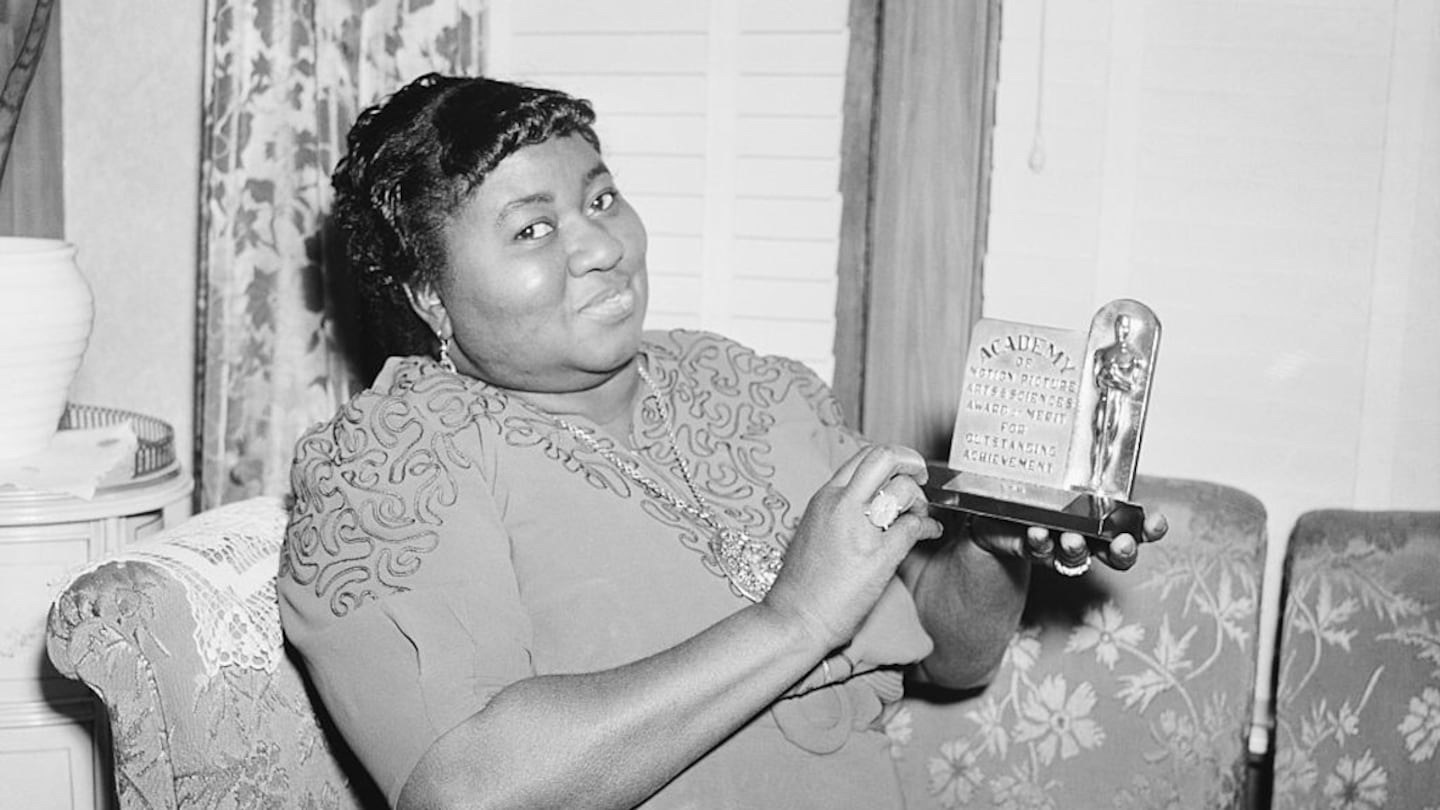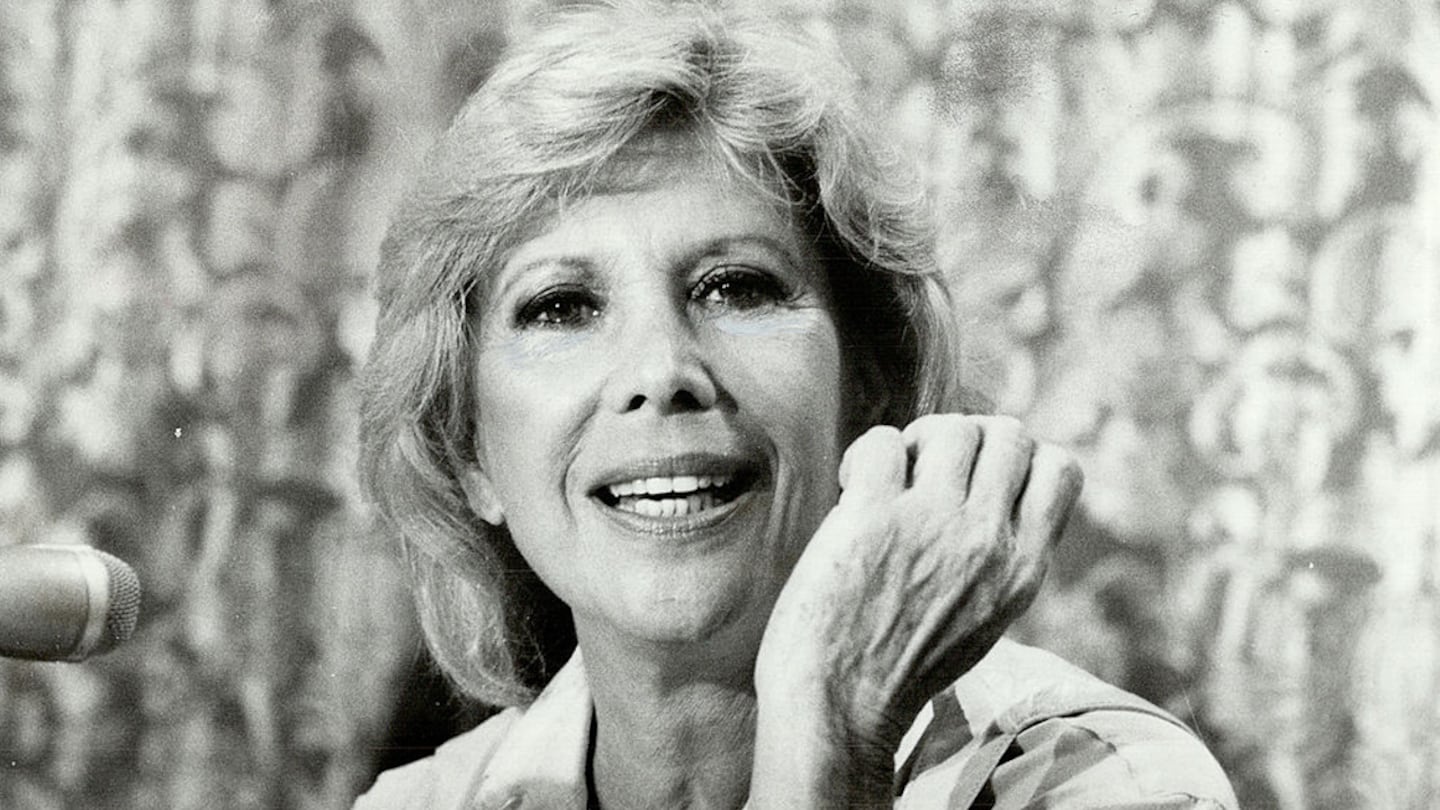Thursday is Leap Day, which happens every four years -- almost.
Under the Gregorian calendar, most years divisible by four are considered leap years. The exception comes when a leap year is divisible by 100 but not but 400. The last time that occurred was in 1900, and it will happen again in the year 2100.
“This means that three times out of every four hundred years there are eight years between leap years,” the Spanel Planetarium at Western Washington University notes on its website.
So, there is some time. Leap Day will continue until the end of the 21st century.
According to the National Aeronautics and Space Museum, a typical year is 365 days, 5 hours, 48 minutes, 56 seconds in length. Without accounting for the extra five-plus hours every four years, the seasons would begin to drift, according to the museum website.
Hence, we have Feb. 29.
The idea of leap year was created in 45 B.C. by Roman emperor Julius Caesar, according to Business Insider and History.com. Caesar consulted Sosigenes, an astronomer, and they decided to add an extra day to the Julian calendar every four years. Jim Sowell, director of the Georgia Tech Observatory, confirmed that Caesar was the father of leap year -- and by extension, Leap Day.
In 1582, Pope Gregory XIII signed an order to tweak the calendar, introducing the “century years” that would not qualify as a leap year, according to PBS. That was the advent of the Gregorian calendar, which is still in use today.
Leap Day has had its place in world history. Here is a sampling.
Famous events
- On Feb. 29, 1504, Christopher Columbus, stranded in Jamaica, used a predicted lunar eclipse to frighten hostile natives into providing food for his crew. According to Space.com, Columbus, who knew about the eclipse after reading Regiomontanus’ Astronomical Tables, approached the chief of the Arawak tribe and said that his Christian god, as punishment for his displeasure with the indigenous population, would “obliterate” the moon on Feb. 29. According to Space.com, Columbus’ son, Ferdinand, said that the Arawaks were terrified at this sight and “with great howling and lamentation came running from every direction to the ships laden with provisions and beseeching the admiral to intercede with his god on their behalf.”
- On Feb. 29, 1692, the first warrants of the Salem witch trials were issued. The warrants were issued for Sarah Good, Sarah Osborne and Tituba, according to the Salem Witch Museum website. Osborne died in a Boston prison on May 10, 1692, becoming the first casualty of the witch trials. Good was executed on July 19, 1692. She told Rev. Nicholas Noyes, who urged her to confess before she was put to death, that “You are a liar! I am no more a witch than you are a wizard, and if you take my life, God will give you blood to drink!”
- On Feb. 29, 1940, Hattie McDaniel became the first Black person to win an Oscar for her role in 1939′s “Gone with the Wind.” McDaniel won the Academy Award for Best Supporting Actress.
- On Feb. 29, 1972, Atlanta Braves slugger Hank Aaron became the highest-paid player in major league baseball to that point, signing a three-year deal worth $600,000. According to Baseball America, MLB’s new collective bargaining agreement set the minimum annual salary for a major leaguer in 2024 at $740,000. According to Amortization.org, Aaron’s $600,000 deal in 1972, adjusting for inflation, would be worth $4,478,043.80 in 2024.
- On Feb. 29, 1980, Buddy Holly’s heavy black-framed glasses were found in Mason City, Iowa, 21 years after “the day the music died” on Feb. 3, 1959, when he was killed in a plane crash that also claimed the lives of singer Ritchie Valens and singer-disc jockey Jiles Perry “J.P.” Richardson Jr., professionally known as the Big Bopper. According to History.com, Holly’s glasses were thrown from the wreckage and were buried in the snow. They were kept in an envelope by the Cerro Gordo County Sheriff’s Office but were returned to Holly’s widow.
- On Feb. 29, 1984, Canada’s prime minister, Pierre Trudeau, resigned.
- On Feb. 29, 2004, “The Return of the King,” the final film in “The Lord of the Rings” trilogy, tied the record for most Academy Awards with 11, according to Variety. The film adaptation of J.R.R. Tolkien’s books tied “Ben-Hur” (1959) and “Titanic” (1997).
Famous births
- Singer, actress and television personality Dinah Shore, who recorded more than 75 hits between 1940 and 1955, was born on Feb. 29, 1916. She died in 1994.
- Baseball player Al Rosen, unanimously voted as the American League’s MVP in 1953 and later a baseball general manager and executive, was born on Feb. 29, 1924. He died in 2015.
- Skylab astronaut Jack Lousma was born on Feb. 29, 1936. He was part of the second Skylab crew in 1973 and commanded the third Space Shuttle mission in 1982. He is also best known as the person who heard the famous line from Apollo 13′s Jack Swigert Jr. at Mission Control -- “Houston, we have a problem” -- which was immortalized in the movie of the same name. In a 2016 story for the Detroit Free Press, the Michigan native noted that Swigert actually said, “Houston, we’ve had a problem here.” That was confirmed by a NASA transcript, the newspaper reported.
- Also born on Feb. 29, 1936, was actor Alex Rocco, who played Moe Greene in “The Godfather,” and earned a Primetime Emmy Award for his role as Al Floss in “The Famous Teddy Z.” He died in 2015.
- Tony Robbins, a best-selling author and motivational speaker, was born on Feb. 29, 1960. His latest book, “The Holy Grail of Investing,” was released on Feb. 13, 2024.
- American rapper Ja Rule, whose birth name is Jeffrey Bruce Atkins, was born on Feb. 29, 1976. According to Billboard, he has topped the Hot 100 charts three times – twice with Jennifer Lopez (“Ain’t It Funny” and “I’m Real”), and with Ashanti (“Always on Time”).
Famous deaths
- Pat Garrett, a lawman credited for killing outlaw Billy the Kid in July 1881, died Feb. 29, 1908. He was fatally shot in Texas by a ranch hand named Wayne Brazel, who claimed he fired his weapon in self-defense. He was found not guilty.
- Melvin Purvis, an FBI agent who led the manhunts that captured famous wanted criminals such as Baby Face Nelson, Pretty Boy Floyd and John Dillinger, died on Feb. 29, 1960. According to the FBI, the cause of death was suicide from a self-inflicted gunshot wound. He was 56.
- Actor Frank Albertson, who played Tom Cassidy in Alfred Hitchcock’s 1960 thriller “Psycho,” died on Feb. 29, 1964.
- Music executive Wes Farrell, who co-wrote the song “Hang on Sloopy” with Bert Berns that became a No. 1 hit for the McCoys in 1965, and also wrote the music for “The Partridge Family” television series, died Feb. 29, 1996. He was 56.
- Davy Jones, a singer for the 1960s group The Monkees, died on Feb. 29, 2012, of a heart attack in Indiantown, Florida. He was 66.
- Actor Gil Hill, known for his roles as Eddie Murphy’s boss in the “Beverly Hills Cop” franchise, died on Feb. 29, 2016.
© 2024 Cox Media Group











